Cardboard Box Sizes Explained – Stop Guessing Wrong!
Author | Date: 10/24/2025

Table of Contents
Let’s be honest — most people eyeball box sizes and hope for the best. But that guesswork often ends in frustration: boxes that don’t fit, wasted packaging, or worse, damaged products.
A box that’s just an inch too small can crush delicate items. One that’s too big adds unnecessary weight, filler, and higher shipping costs.
The good news? Measuring box sizes correctly is simple once you know what to look for.
Let’s break down everything you need to know about cardboard box sizes, corrugated grades, and how to pick a box that fits your product like a glove.
Why Box Sizes Matter More Than You Think?
Getting your box size right is about more than fit — it’s about:
- Protection: Prevent dents or breakage in transit.
- Cost efficiency: Avoid paying for unused space and filler.
- Presentation: The perfect fit enhances your brand image.
Ever ordered a “medium” box that arrived far too big or too shallow for your candles? That’s what we’ll fix today.
Understanding Cardboard Box Sizes
In packaging, box size refers to the internal dimensions — the usable space inside the box. When a box is listed as 9 × 6 × 3 inches, that’s the inside measurement, not the outside.
These internal dimensions determine how your product fits — especially important when you use inserts or cushioning.
Standard Cardboard Box Sizes (Quick Reference Chart)
| Size | Dimensions (inches) | Ideal For |
| Small | 6 × 4 × 2 | Jewellery, accessories, small gifts |
| Medium | 9 × 6 × 3 | Candles, cosmetics, gadgets |
| Large | 12 × 9 × 4 | Apparel, subscription boxes |
| Extra Large | 16 × 12 × 6 | Bulk items, shipping cartons |
These standard box sizes cover most retail and eCommerce packaging needs, but if your product has a unique shape or height, custom sizing is your best option.
See our custom cardboard boxes designed to your product’s exact measurements.
Corrugated Board Grades Explained
Cardboard boxes aren’t all made equal — their strength depends on the number of corrugated layers (walls) between the liners. Choosing the right grade is essential for product safety and durability.
Board Type | Construction | Typical Use | Strength Level |
Single Wall | One fluted layer between two liners | Lightweight retail or postal boxes | Standard strength |
Double Wall | Two fluted layers, three liners | Heavier or fragile products | Extra protection |
Triple Wall | Three fluted layers, four liners | Industrial or export packaging | Heavy duty |
Heavy Duty Board | Reinforced kraft liner, thick flutes | Machinery, bulk shipments | Maximum durability |
In short:
- Single wall → everyday retail boxes (candles, cosmetics).
- Double wall → eCommerce and storage packaging.
- Triple wall → logistics or international shipping.
How to Measure a Cardboard Box (The Right Way)
This is the most misunderstood part of packaging. Here’s how to measure boxes accurately — and never get it wrong again.
Step-by-Step:
1️⃣ Length – the longest opening side at the top.
2️⃣ Width – the shorter side of that opening.
3️⃣ Height (Depth) – from base to the top when closed.
Example:
If your product is 8″ long, 5″ wide, and 2″ tall, you’ll likely need a 9×6×3 box to allow for inserts or protective padding.
Inside vs Outside Dimensions
Corrugated boxes have wall thickness — around 3–5 mm per side — meaning internal space is slightly smaller than the exterior measurement. Always use inside dimensions for accuracy.
Measuring for Protective Inserts
If you’re adding foam, tissue, or dividers, add at least 5 mm buffer space on each side. Round up slightly for bulkier materials like kraft shred or air pillows.
How Corrugation Strength Affects Box Size Choice?
When selecting your box, consider both size and strength. A smaller box made of single wall might hold up fine for candles, but not for glass jars. Meanwhile, a double wall medium box can safely carry electronics or bulk cosmetics without collapsing.
The right wall grade allows you to:
- Reduce product movement during shipping.
- Stack boxes safely in warehouses.
- Maintain shape under pressure or humidity.
Small, Medium, or Custom – Which Box Size Fits You Best?
- Small boxes – Compact, affordable, perfect for jewellery or small retail gifts.
- Medium boxes – Great balance of space and strength for skincare or candles.
- Large boxes – Ideal for apparel, hampers, or multi-item gift sets.
- Custom sizes – Tailored for your brand’s exact dimensions and inserts.
Real-World Example: Correct Box Size = Real Savings
A candle business once ordered standard 12×9×4 boxes for their jars. They looked fine — until shipping costs and filler use added up.
After switching to custom 8×8×4 double-wall boxes, they cut postage by 15%, eliminated product movement, and improved unboxing aesthetics.
💬 Moral: The right box size = savings, safety, and smiles.
Expert Tips for Choosing the Perfect Box Size
✔ Keep 5 mm clearance for inserts or padding.
✔ Confirm wall type (single, double, or triple) based on product weight.
✔ Measure the actual product plus any wrapping.
✔ Order samples before bulk runs.
✔ Use eco boards for a greener brand image.
🌿 Learn more about sustainable packaging.
Final Thoughts
Stop guessing box sizes — measure, test, and choose packaging that fits perfectly. A well-sized, strong cardboard box protects your product, saves shipping costs, and elevates your unboxing experience.
📦 Looking for boxes that fit perfectly? Get a free quote from Buy Packaging Boxes — we’ll size it right the first time.
Frequently Asked Questions
Measure the internal dimensions — length, width, and height — from the inside edges for accurate fit.
Single wall, double wall, triple wall, and heavy-duty board grades — each layer adds strength and durability.
Always inside, as external dimensions vary with board thickness.
9×6×3 and 12×9×4 are the most common for small retail and eCommerce parcels.
Yes! We create custom cardboard boxes cut to your product’s exact size.
Corrugated boxes have fluted inner layers for strength; cardboard is thinner and used for lighter packaging.
Yes — it’s a large cube box ideal for bulk or multiple items.
-
 10 Eco Friendly Soap Packaging Ideas to Cut Waste
10 Eco Friendly Soap Packaging Ideas to Cut Waste -
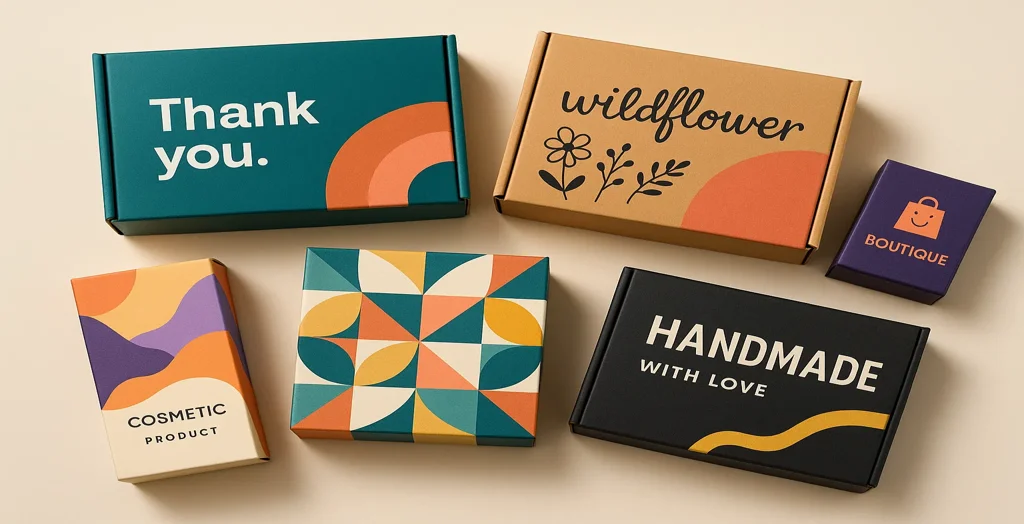 Top Custom Packaging Ideas for Small Business
Top Custom Packaging Ideas for Small Business -
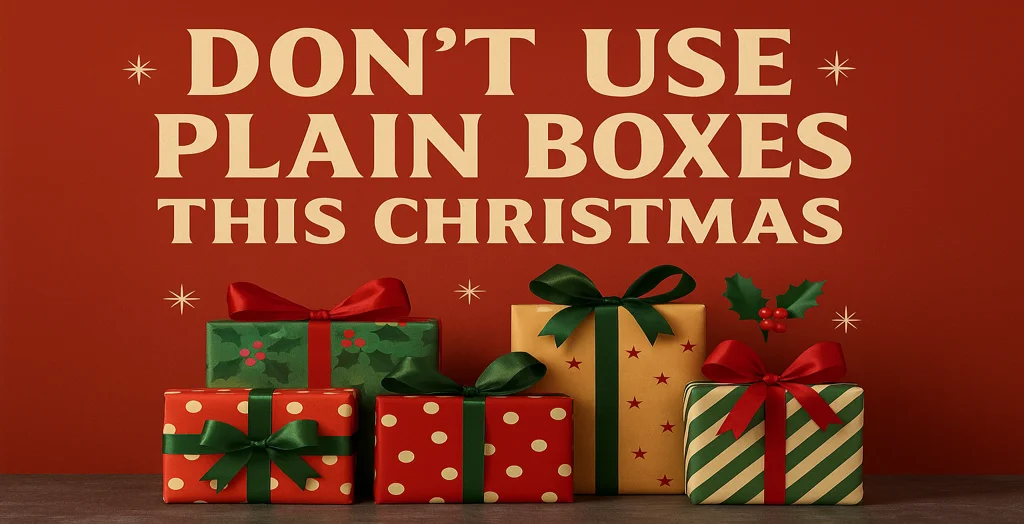 Don’t Use Plain Boxes This Christmas—Here’s Why
Don’t Use Plain Boxes This Christmas—Here’s Why -
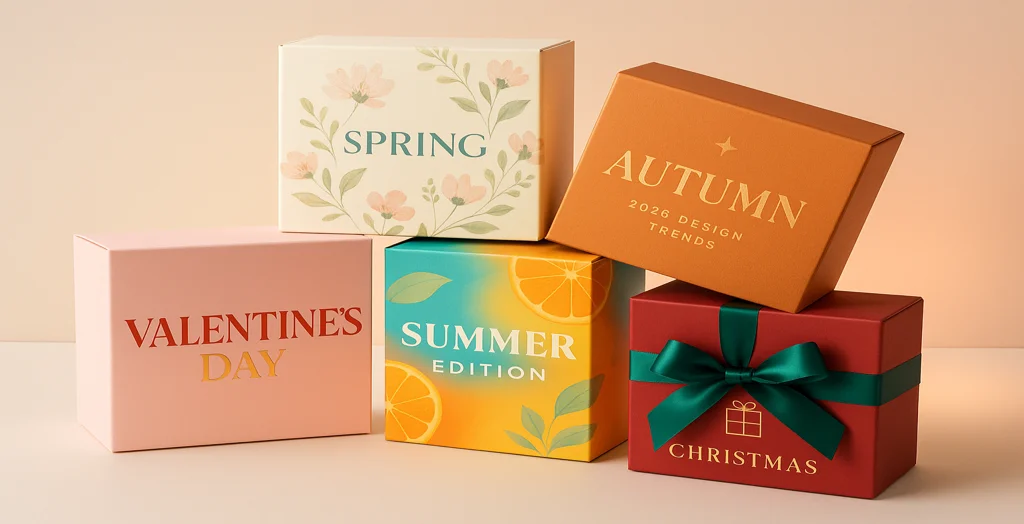 Seasonal Packaging Trends to Watch in 2026
Seasonal Packaging Trends to Watch in 2026 -
 How Many Days Until Christmas? Time to Order Your Gift Boxes
How Many Days Until Christmas? Time to Order Your Gift Boxes -
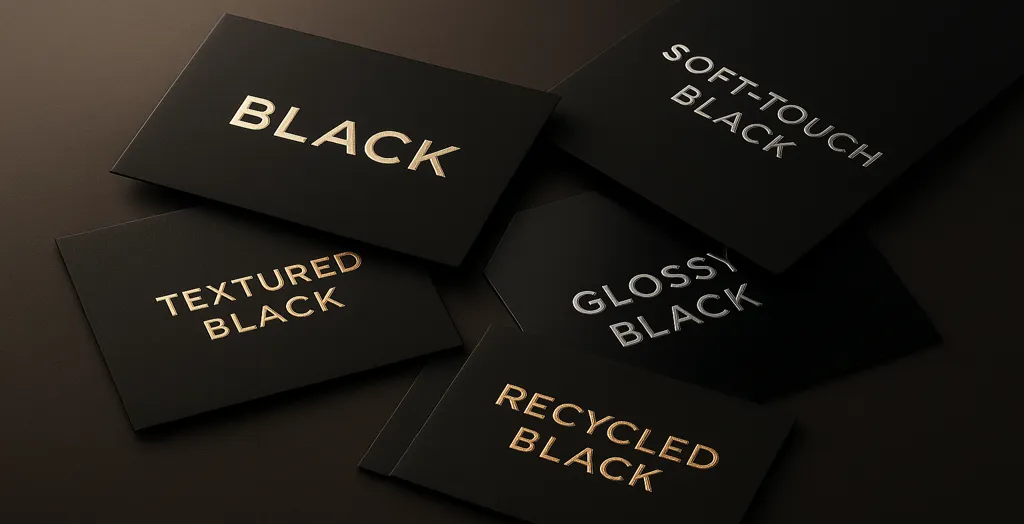 What Is a Black Card? Packaging and Print Uses
What Is a Black Card? Packaging and Print Uses -
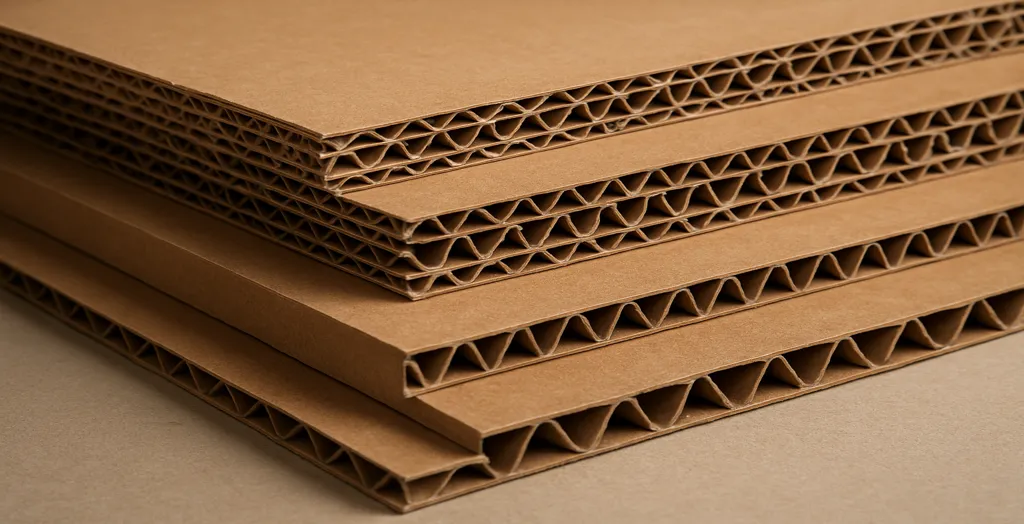 Corrugated Cardboard Material Guide By Buy Packaging Boxes
Corrugated Cardboard Material Guide By Buy Packaging Boxes -
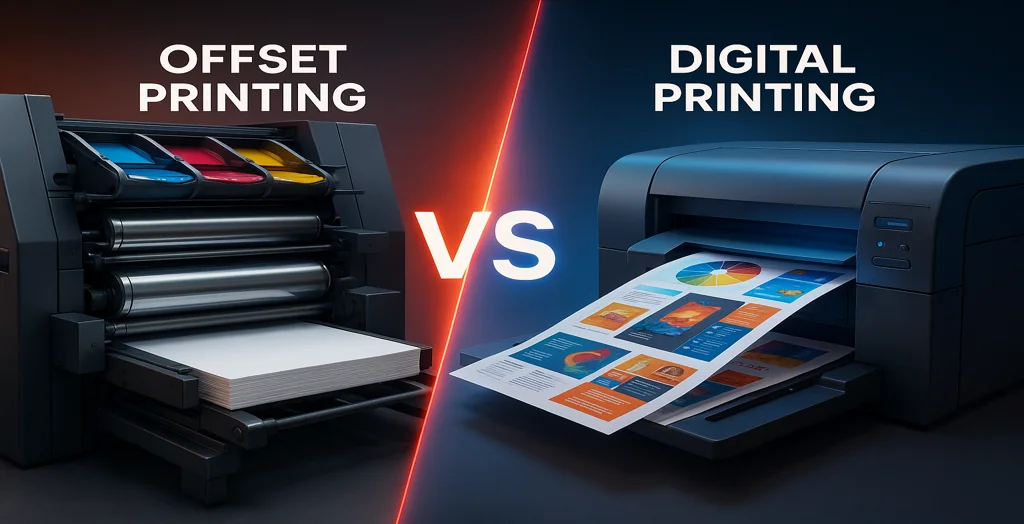 Offset Printing vs Digital Printing: A Quick Guide
Offset Printing vs Digital Printing: A Quick Guide -
 What Is Spot UV Printing? A Quick Beginner’s Guide
What Is Spot UV Printing? A Quick Beginner’s Guide -
 Shipping Box Sizes: Pick the Right One Every Time
Shipping Box Sizes: Pick the Right One Every Time
